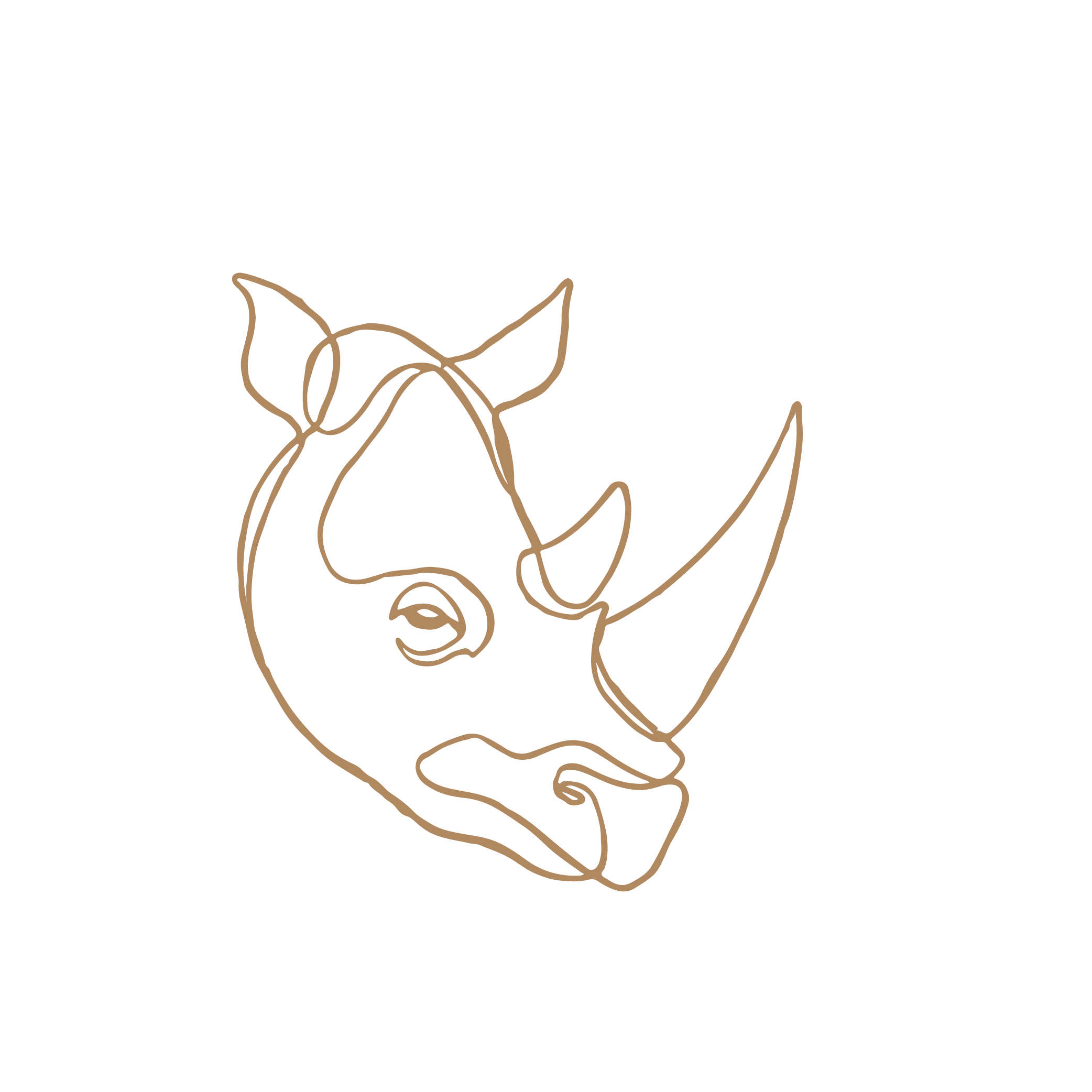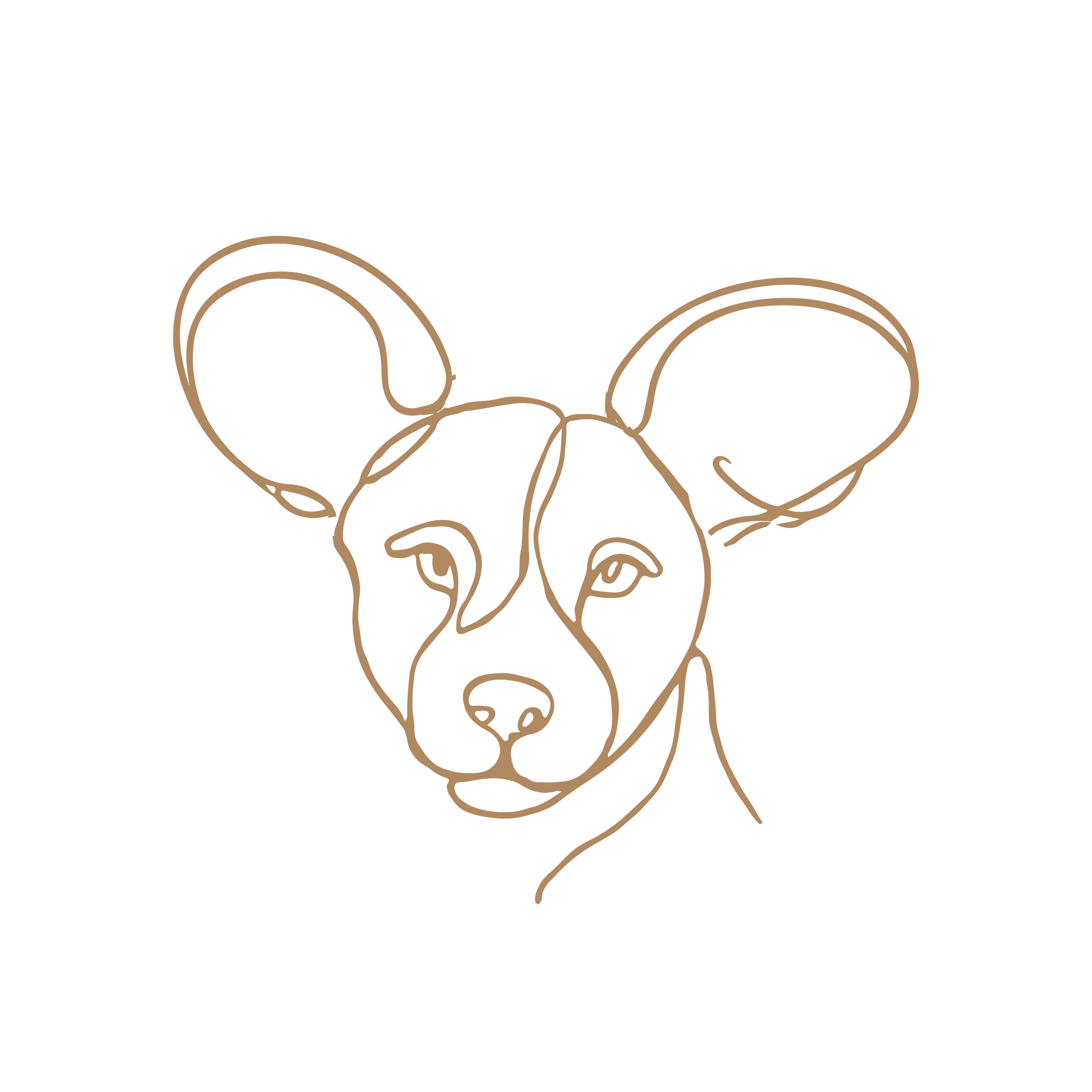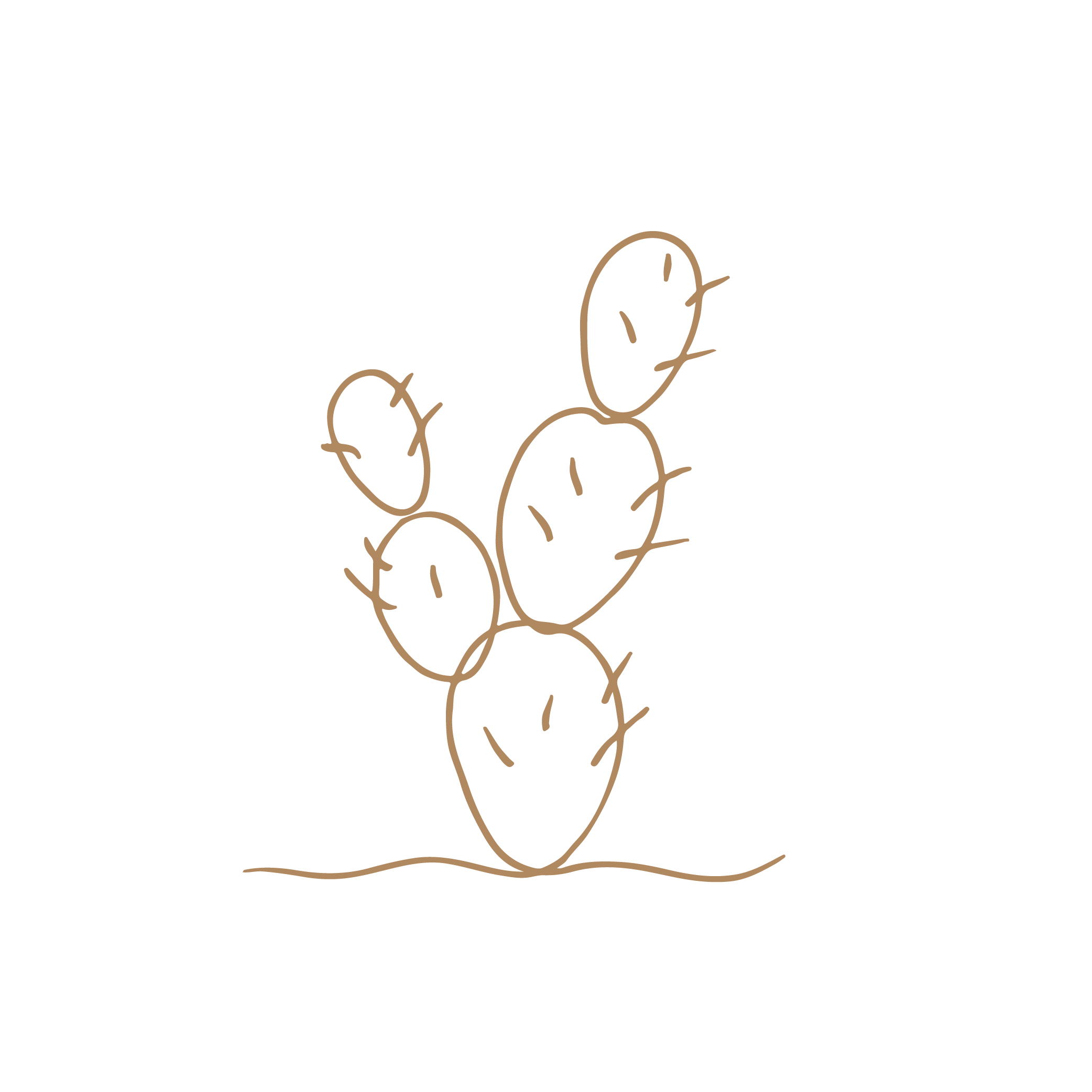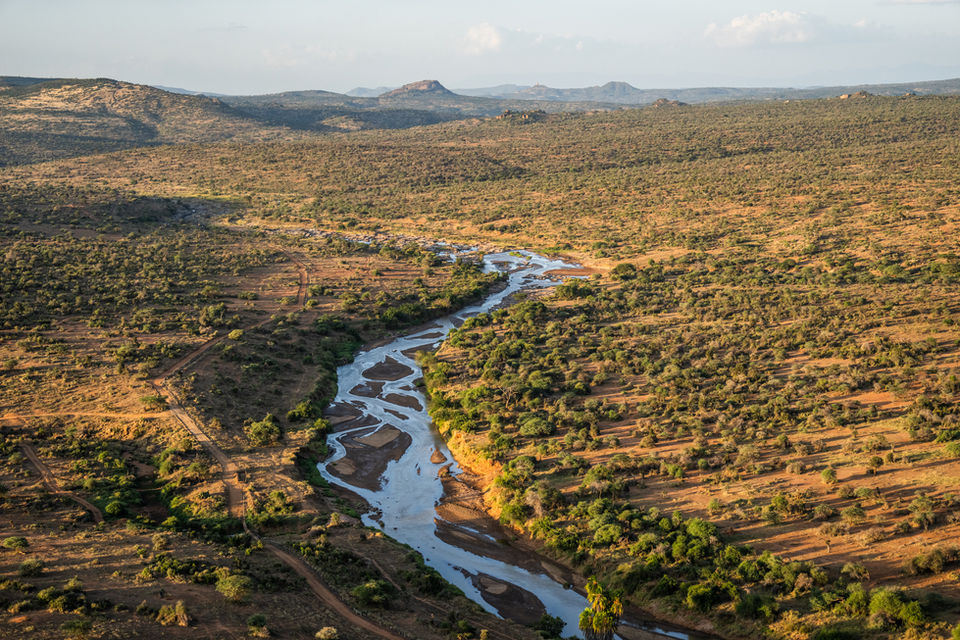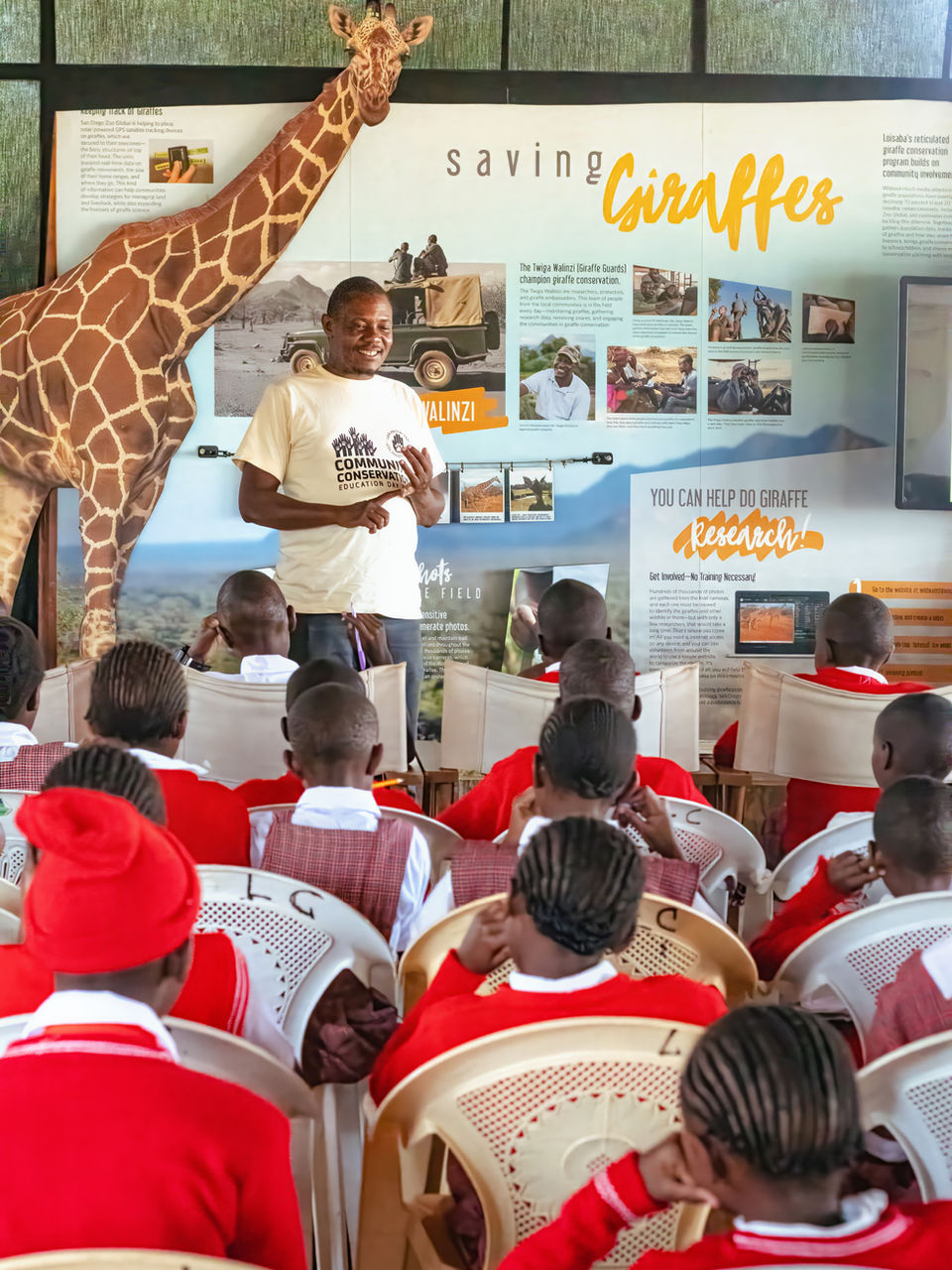
Conservation
Goal 2: Optimise species diversity, wildlife abundance and ecological connectivity in and around Loisaba Conservancy
Nestled on the western edge of one of Kenya’s most crucial wildlife corridors, Loisaba Conservancy is a vibrant sanctuary for over 350 bird species and 60 mammal species, including the iconic Big Five. The conservancy embraces “Land Connected, Life Protected” as its guiding principle—reflecting a commitment to landscape connectivity that ensures safe movement and secure habitats for wildlife across northern Kenya. Loisaba is home to endangered species such as the reticulated giraffe, Grevy’s zebra, and African wild dog, as well as an impressive population of leopards. With its rich biodiversity, Loisaba offers a unique glimpse into Kenya’s extraordinary natural heritage, making it a haven for wildlife enthusiasts and conservationists alike.
Loisaba Conservancy is deeply committed to preserving the natural heritage of its landscape for future generations. Guided by its core conservation goals, Loisaba implements initiatives that safeguard and restore critical habitats, monitor wildlife populations, and promote connectivity corridors to ensure thriving biodiversity and resilient ecosystems. By conducting scientific research and collaborating closely with local communities, conservation partners, and stakeholders, Loisaba works to secure the long-term viability of its wildlife populations and contribute to broader conservation efforts in the region.
Habitat Management Programme
Our Habitat Management Plan focuses on maintaining ecological health and integrity through invasive species control, water resource monitoring, and sustainable livestock management. Key efforts include controlling the spread of invasive species like the prickly pear cactus (Opuntia engelmannii) through mechanical removal using excavators and biological control with cochineal beetles. Ongoing monitoring and mapping are essential to track progress and manage other invasive plant species to reduce risks to the ecosystem.
Water resources, including permanent springs and seasonal pans, are monitored to ensure access to good quality water for wildlife, even during droughts. Sustainable livestock management ensures minimal impact on wildlife and environmental health, balancing conservation goals with revenue generation.
Loisaba also enforces sustainable tourism practices and conservancy operations under the Loisaba Code of Conduct, with regular staff training to minimize human impact on the environment. Habitat connectivity is prioritised through habitat mapping and wildlife monitoring, maintaining crucial corridors that support healthy wildlife populations, genetic diversity, and ecosystem resilience.
Wildlife Monitoring and Research
At Loisaba, we are dedicated to ensuring that endangered and vulnerable species thrive within our landscape. Our commitment to wildlife conservation is deeply rooted in scientific research and collaboration with leading conservation organisations. Through our comprehensive Wildlife Monitoring Plan, we actively assess the status of these species to ensure that their populations remain stable or increase over time.
Utilising scientifically rigorous methods such as camera trapping and population surveys, we gather critical data on the abundance, distribution, and behaviour of endangered species. This data allows us to identify trends, detect potential threats, and implement targeted conservation interventions to safeguard these populations. By working closely with our partners, we leverage this information to develop and execute effective conservation strategies that protect endangered species and promote biodiversity across our landscape.
Community Conservation Programme
Loisaba is part of a larger story that extends well beyond its borders. It sits on the western edge of one of Kenya’s most important elephant movement corridors. Keeping this land, and a 15 million acre landscape of nearby community lands intact and functioning for wildlife, livestock, and northern Kenya’s pastoralist people is being achieved largely through creating community conservancies boarding Loisaba.
At Loisaba Conservancy, we recognise that effective conservation extends beyond our boundaries, encompassing the broader landscape and the communities that share it. Our Community Conservation Programme focuses on supporting rangeland health and mitigating human-wildlife conflict, which are critical challenges in the area surrounding Loisaba.
Human-Wildlife Conflict Mitigation
Human-wildlife conflict (HWC) is a significant challenge in Northern Kenya, arising from competition over resources like water and grazing land, crop raiding by herbivores, predation on livestock by carnivores, and threats to human safety from large wildlife such as elephants and predators. Loisaba is actively working with local communities and partners like the San Diego Zoo Wildlife Alliance and Lion Landscapes to implement strategies that reduce conflict and promote coexistence, including:
-
Predator-Proof Bomas: Providing affordable, secure livestock enclosures to reduce predation.
-
Community Coexistence Training: Educating communities on conflict mitigation techniques and the dangers of retaliatory measures like poisoning.
-
HWC Reporting Network: Engaging community members in systematically documenting and addressing conflict incidents.
Sustainable Rangeland Management
Overgrazing is a prevalent issue in Northern Kenya, driven by high livestock numbers, land fragmentation, and climate variability, which degrade ecosystems and harm both livestock and wildlife. To promote sustainable grazing practices, Loisaba offers:
-
Grazing Management Workshops: Training livestock owners and herders in sustainable rangeland practices to improve herd quality and ecosystem health.
-
Community Support: Partnering with Northern Rangelands Trust (NRT) and Laikipia Conservancies Association (LCA) to support local communities in implementing sustainable grazing programmes.
Conservation Education and Outreach
Education is key to fostering a culture of conservation within local communities. Loisaba's education initiatives aim to inspire stewardship and awareness among the youth and broader community:
-
Loisaba Conservation Education Days: Hosting school groups at the Loisaba Conservation Centre, where students learn about conservation, wildlife, and ecosystem management.
-
Wildlife Clubs: Supporting wildlife clubs at local schools with a curriculum focused on species like giraffes, leopards, and lions, and sustainable rangeland management.
-
Community Outreach Trips: Facilitating trips to community-run conservancies and providing conservation education materials to demonstrate the benefits of wildlife conservation to local livelihoods.
Through these initiatives, Loisaba Conservancy works to empower communities with the knowledge and tools needed to protect their natural environment, ensuring the long-term sustainability of both the ecosystem and the livelihoods that depend on it.

